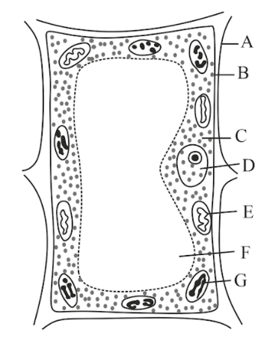Anamika Tripathi and Sanubia Solutions for Chapter: Cell: The Unit of Life, Exercise 2: Chapter Exercise (Match the coumns)
Anamika Tripathi Biology Solutions for Exercise - Anamika Tripathi and Sanubia Solutions for Chapter: Cell: The Unit of Life, Exercise 2: Chapter Exercise (Match the coumns)
Attempt the practice questions on Chapter 1: Cell: The Unit of Life, Exercise 2: Chapter Exercise (Match the coumns) with hints and solutions to strengthen your understanding. All In One ICSE Biology solutions are prepared by Experienced Embibe Experts.
Questions from Anamika Tripathi and Sanubia Solutions for Chapter: Cell: The Unit of Life, Exercise 2: Chapter Exercise (Match the coumns) with Hints & Solutions
Two biologist, 'Schleiden and Schwann gave the cell theory, which was further expanded by Rudolf Virchow (1855) by suggesting that all cells arise from pre-existing cells.
Leeuwenhoek (1674), with the help of an improved microscope, discovered the free-living cells in pond water for the first time.
Most mature plant cells have a large central vacuole that stores important substances including wastes.
The root word 'karyon' in the terms 'prokaryotic' and eukaryotic' refers to the presence of a cell wall.
Endoplasmic reticulum functions as cytoplasmic framework providing a surface for some of the biochemical activities of the cell.
NOTE: Some aspects of the question have been changed.
Match the following columns.
| Column I | Column II |
| A. Spherical bacteria | 1. Contractile vacuole |
| B. Membrane-bound | 2. 70S ribosomes |
| C. Animal cell | 3. Cocci |
| D. Prokaryotic cell | 4. Eukaryotic cell |
Identify the cells (a and b) below and write three differences between the two.
Study the figure given below and answer the questions that follow:

(i) Identify the figure.
(ii) Label the parts A-G.
(iii) Is it a plant cell or an animal cell? Give a reason in support of your answer.
(iv) State the functions of the parts A, D, E and G.

